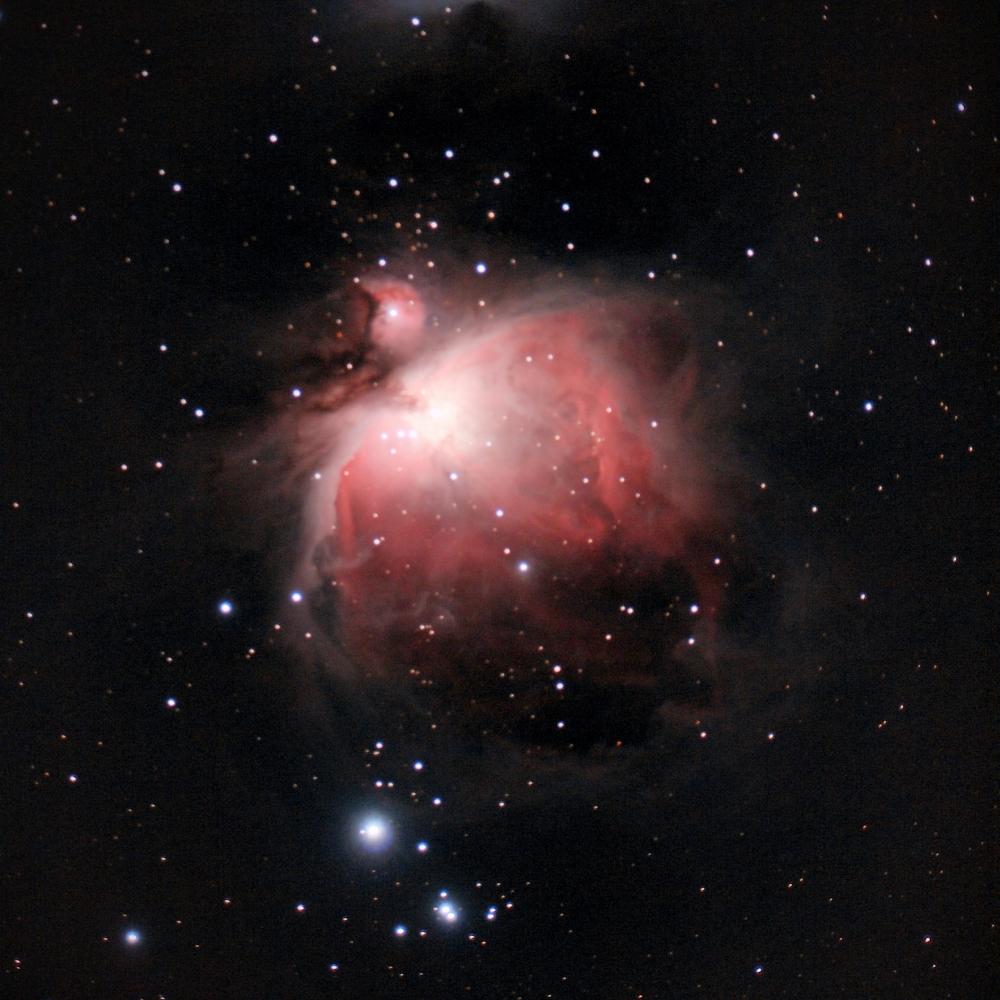
Orion Nebula (M42)
The Orion Nebula (M42), a star forming region, captured on March 2022 with an astromodified Canon EOS 40Da mounted on a Skywatcher 72ED with a tracking EQ5 GoTo Mount. ~4.5 hours exposure time.

The Orion Nebula (M42), a star forming region, captured on March 2022 with an astromodified Canon EOS 40Da mounted on a Skywatcher 72ED with a tracking EQ5 GoTo Mount. ~4.5 hours exposure time.

The Rosette Nebula (NGC 2237-2247), captured across 3 nights with additional H-Alpha data using a 12nm Astronomik filter. Captured with a 72/400mm APO and astromodified Canon EOS 40Da.
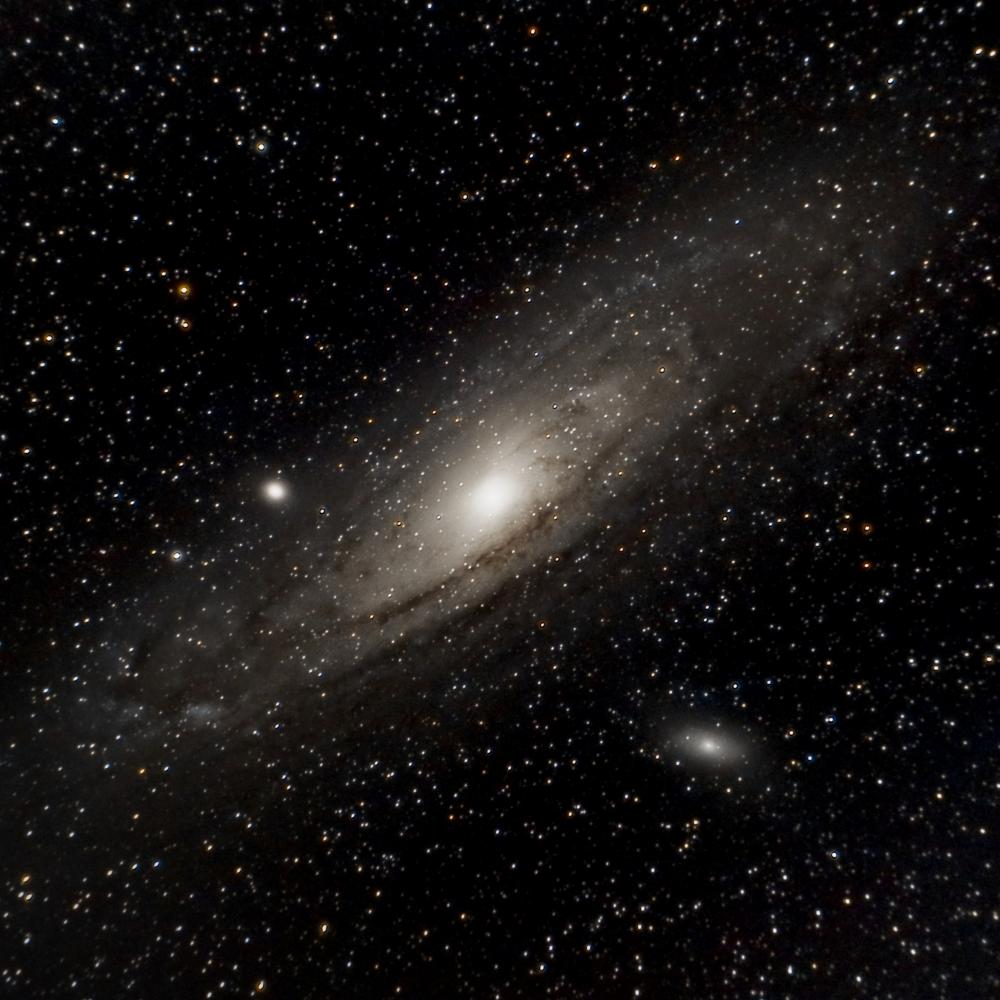
Andromeda (M31) and its satellite galaxies (M32 and M110), captured on March 2022 with a Canon EOS 6D mounted on a Skywatcher 72ED with a tracking EQ5 GoTo Mount. ~3 hours exposure time.
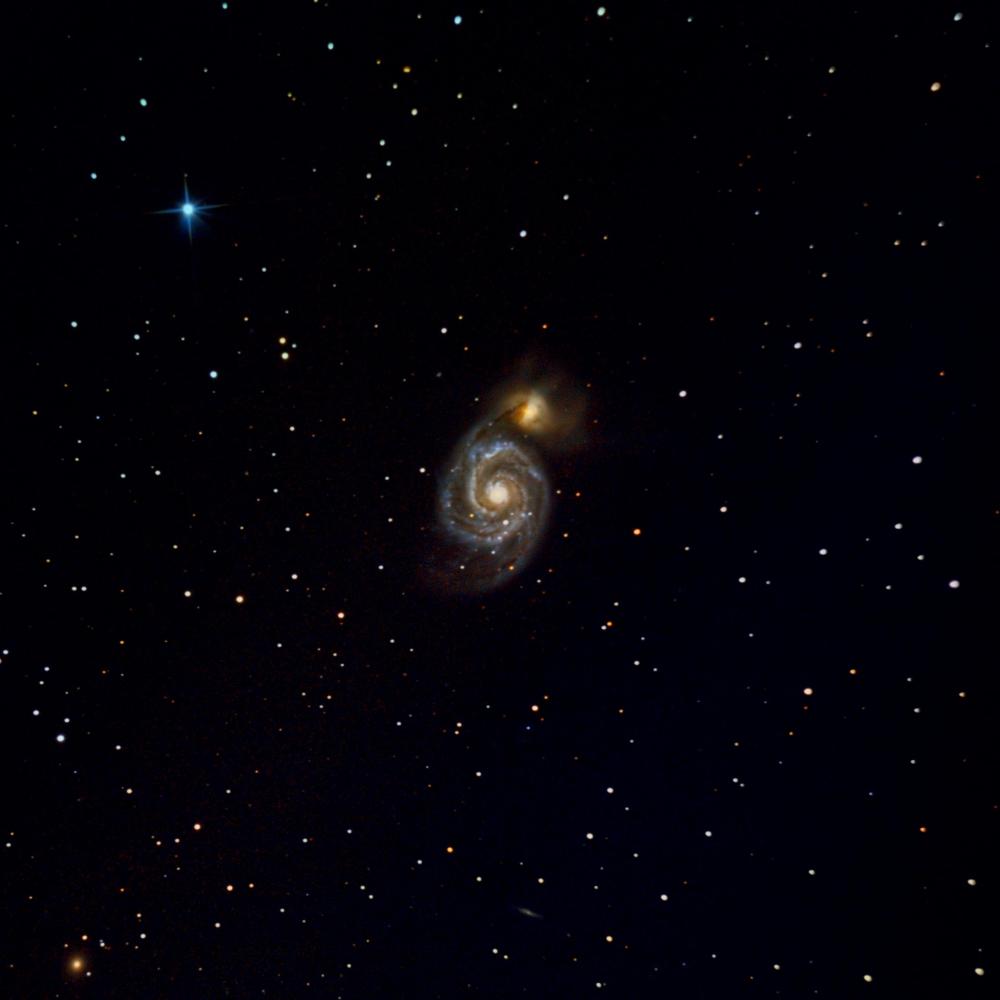
The Whirlpool Galaxy, a pair of merging galaxies (M51a and M51b) about 31 million light-years from Earth, captured on March 2022 with a Canon EOS 6D mounted on a Skywatcher N200/1000 with a tracking EQ5 GoTo Mount. ~4 hours exposure time.
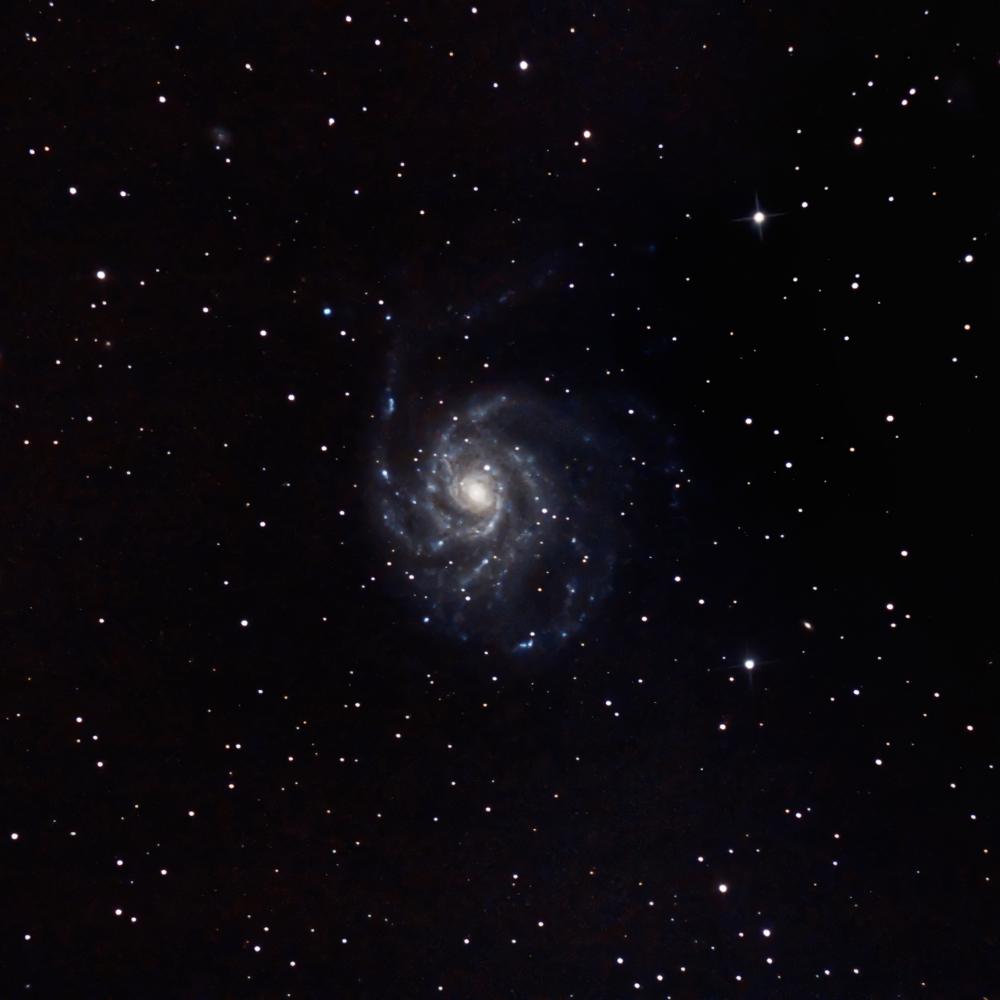
The Pinwheel Galaxy, a face-on spiral galaxy 21 million light-years away from Earth, captured on June 2022 with a Canon EOS 6D mounted on a Skywatcher N200/1000 with a tracking EQ5 GoTo Mount. ~2.5 hours exposure time.
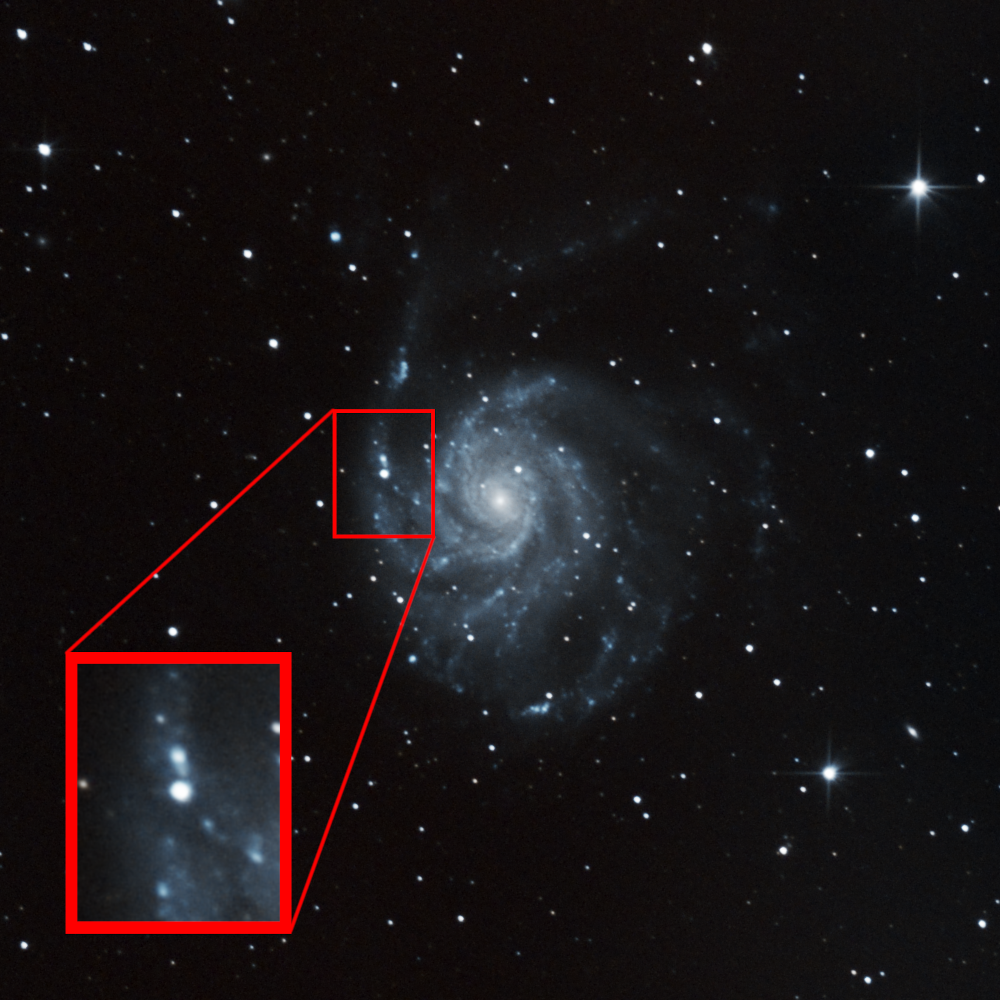
A Type II Supernova which appeared on one of the arms of the Pinwheel Galaxy, about 21 million light-years away from Earth, captured on June 2023 with a Canon EOS 6D mounted on a Skywatcher N200/1000 with a tracking EQ5 GoTo Mount. ~2.8 hours exposure time.
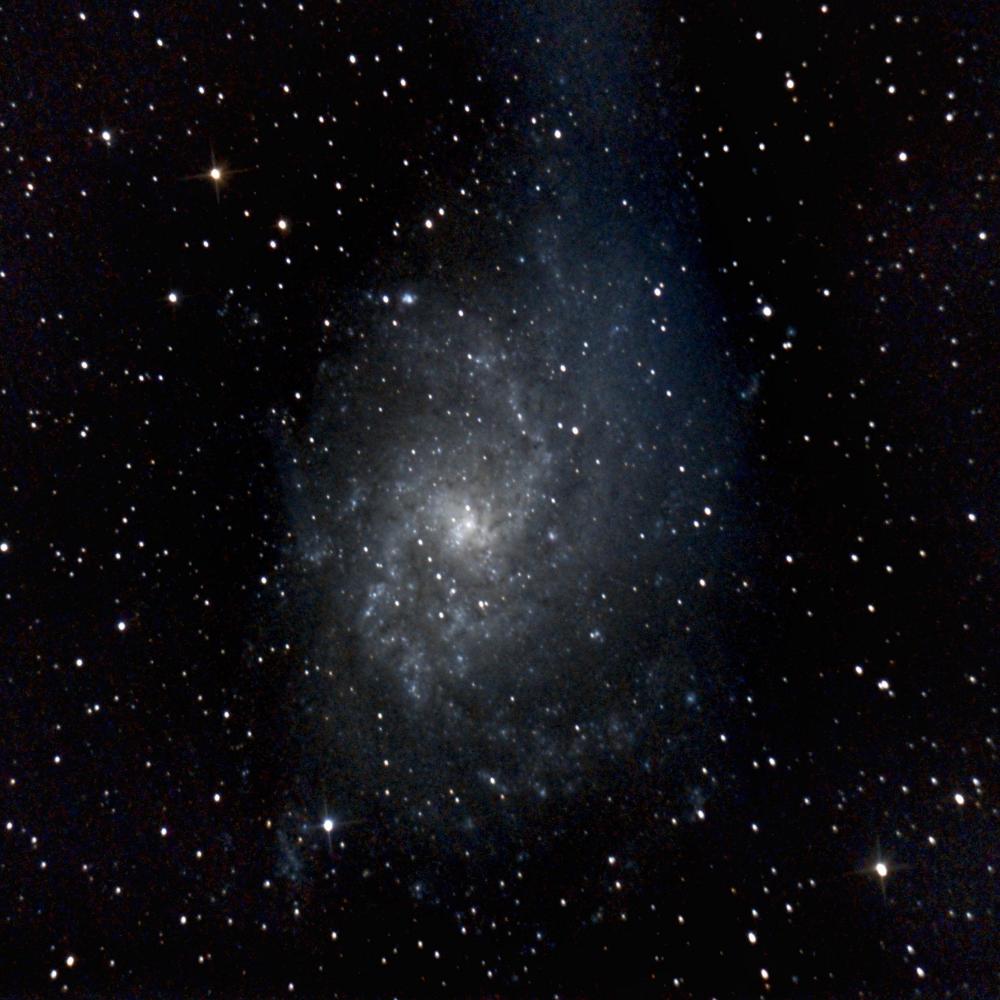
The Triangulum Galaxy, a spiral galaxy 2.73 million light years from Earth, captured on February 2023 with a Canon EOS 6D mounted on a Skywatcher N200/1000 with a tracking EQ5 GoTo Mount. ~2 hours exposure time.
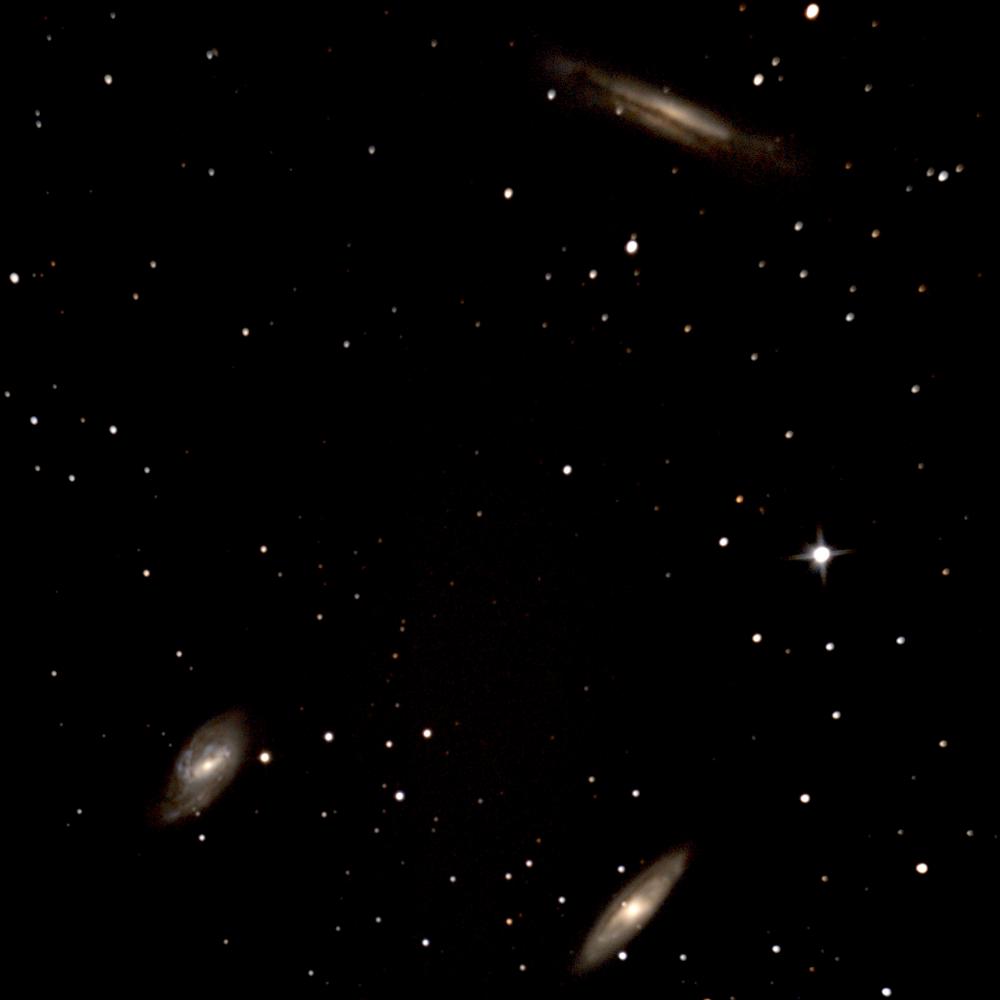
The Leo Triplet, a clustered group of galaxies (M65, M66 and NGC 3628), captured on March 2022 with a Canon EOS 6D mounted on a Skywatcher N200/1000 with a tracking EQ5 GoTo Mount. ~3.5 hours exposure time.
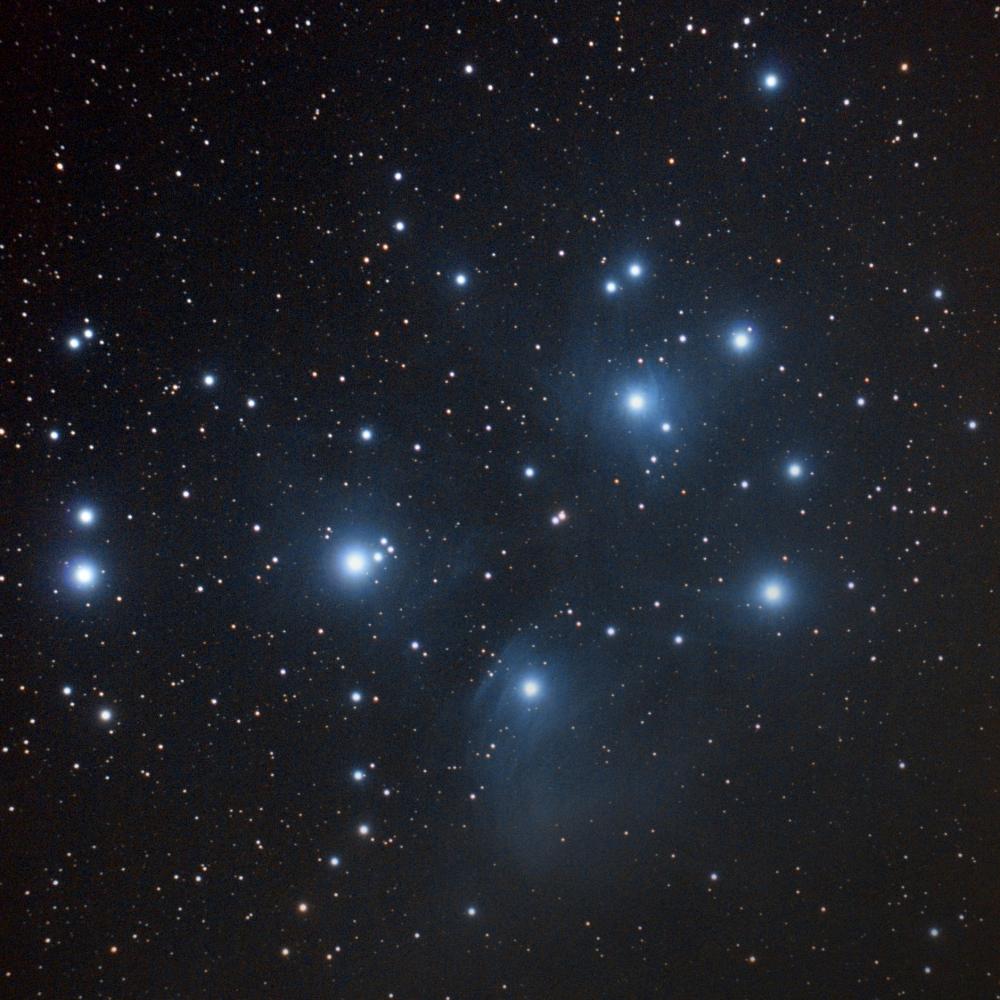
The Pleiades (M45) an open star cluster of blue, hot B-type stars, captured on March 2022 with a Canon EOS 6D mounted on a Skywatcher 72ED with a tracking EQ5 GoTo Mount. ~3 hours exposure time.
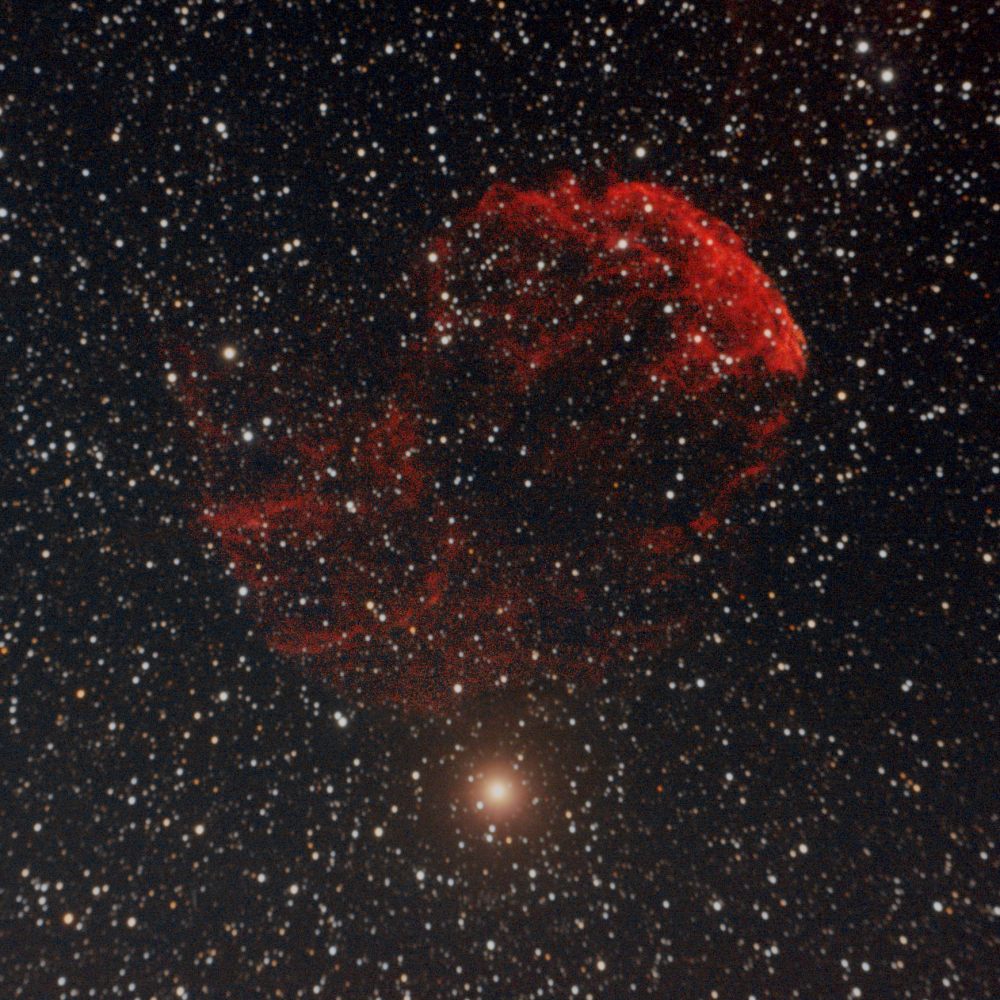
The Jellyfish Nebula (IC 443), a supernova remnant, captured on March 2022 with an astromodified Canon EOS 40Da mounted on a Skywatcher 72ED with a tracking EQ5 GoTo Mount. ~6 hours exposure time.
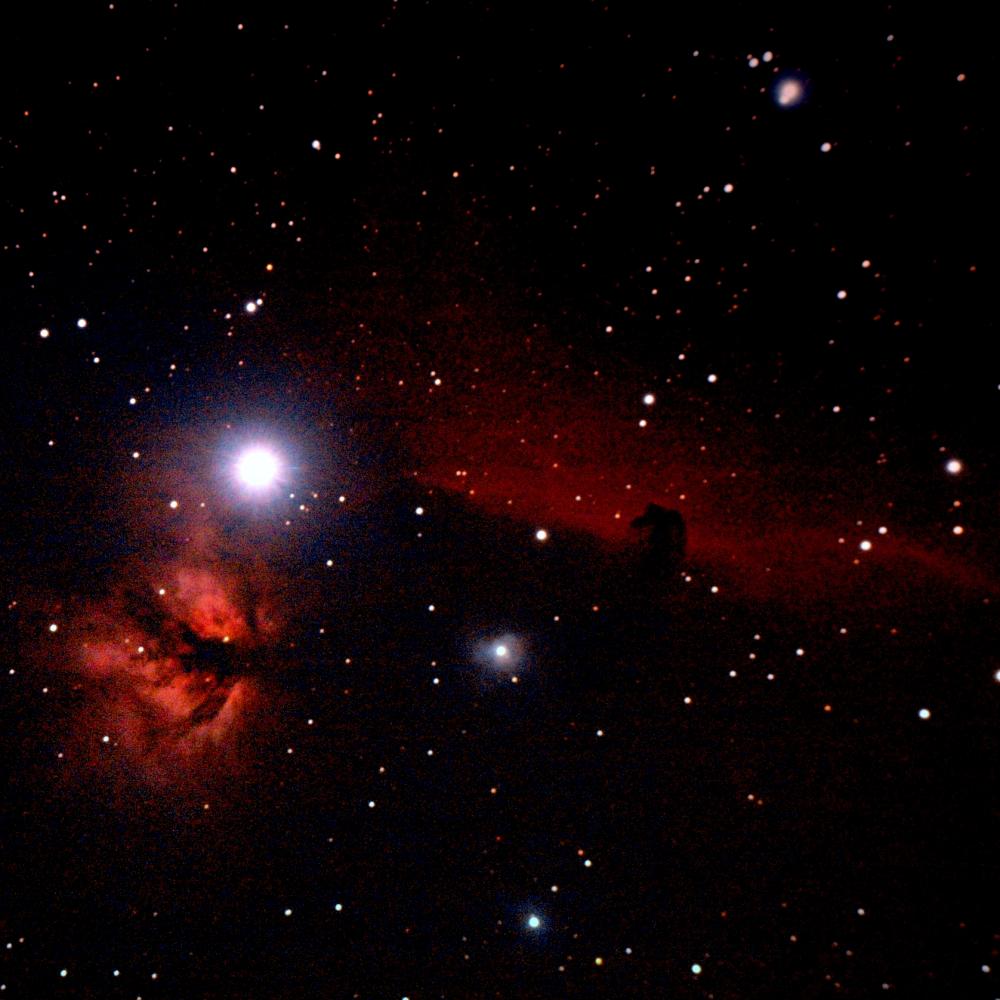
The Horsehead Nebula (Barnard 33), a hydrogen gas region, captured on March 2022 with an astromodified Canon EOS 40Da mounted on a Skywatcher 72ED with a tracking EQ5 GoTo Mount. ~2.5 hours exposure time.
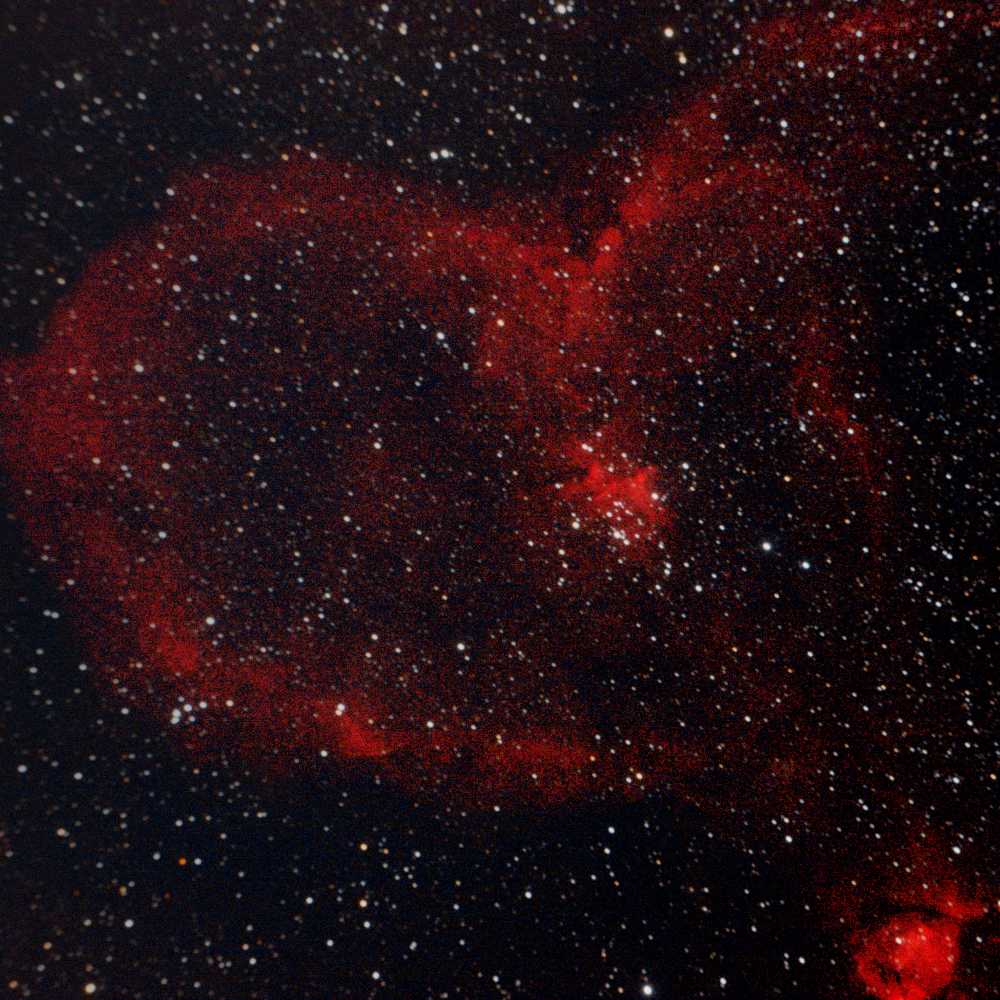
The Heart Nebula (IC 1805), a hydrogen gas region, captured on March 2022 with an astromodified Canon EOS 40Da mounted on a Skywatcher 72ED with a tracking EQ5 GoTo Mount. ~3 hours exposure time.
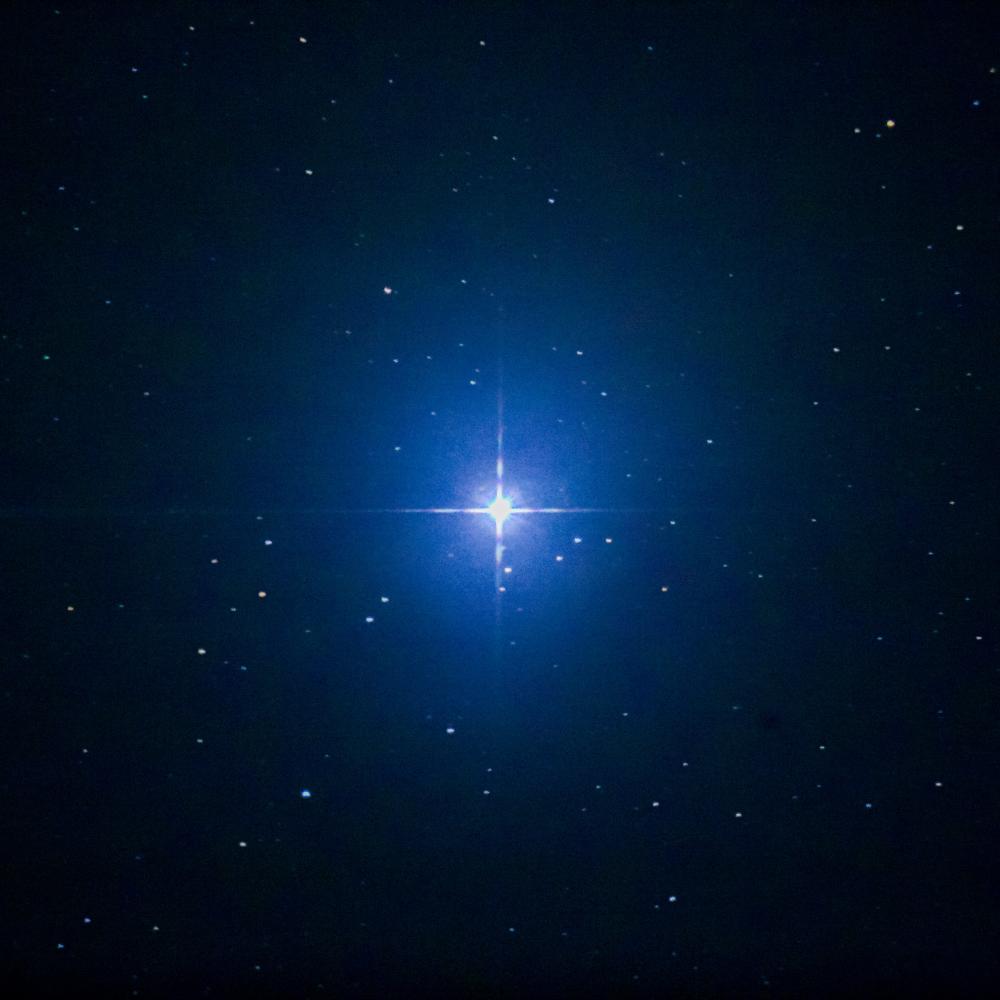
The brightest star and part of a binary star system with Sirius B, Sirius A is a main sequence star of spectral type A0 or A1 in the constellation of Canis Major. Here it was imaged on February 2021 with a Canon EOS 6D mounted on a Newtonian Skywatcher N200/1000 and an equatorial NQ5 mount. Unguided, 2 second exposure.

A red giant star of spectral type K1.5III around 7.1 billion years old, Arcturus is the brightest star in the northern constellation of Boötes. Here it was imaged on February 2021 with a Canon EOS 6D mounted on a Newtonian Skywatcher N200/1000 and an equatorial NQ5 mount. Unguided, 2 second exposure.
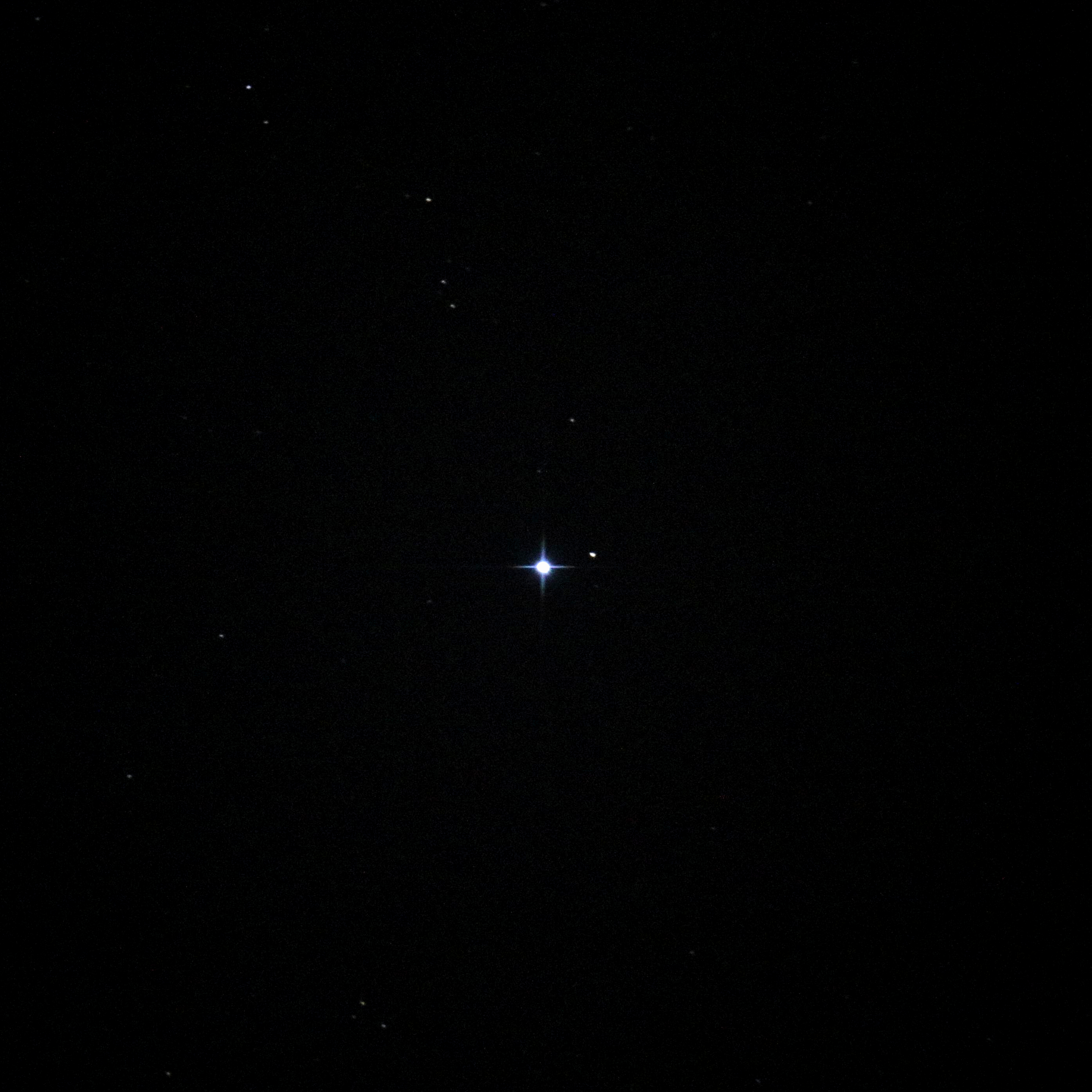
Shining from the constellation of Canis Minor, Procyon A is a white-hued main sequence star of spectral type F5 IV-V and part of a binary star system with a white dwarf Procyon B seen above to its right. Here it was imaged on February 2021 with a Canon EOS 6D mounted on a Newtonian Skywatcher N200/1000 and an equatorial NQ5 mount. Unguided, 2 second exposure.

Designated Alpha Leonis as the brightest star in the constellation of Leo, Regulus is a blue-white main sequence star of spectral type K2V+M4V. Here it was imaged on February 2021 with a Canon EOS 6D mounted on a Newtonian Skywatcher N200/1000 and an equatorial NQ5 mount. Unguided, 2 second exposure.
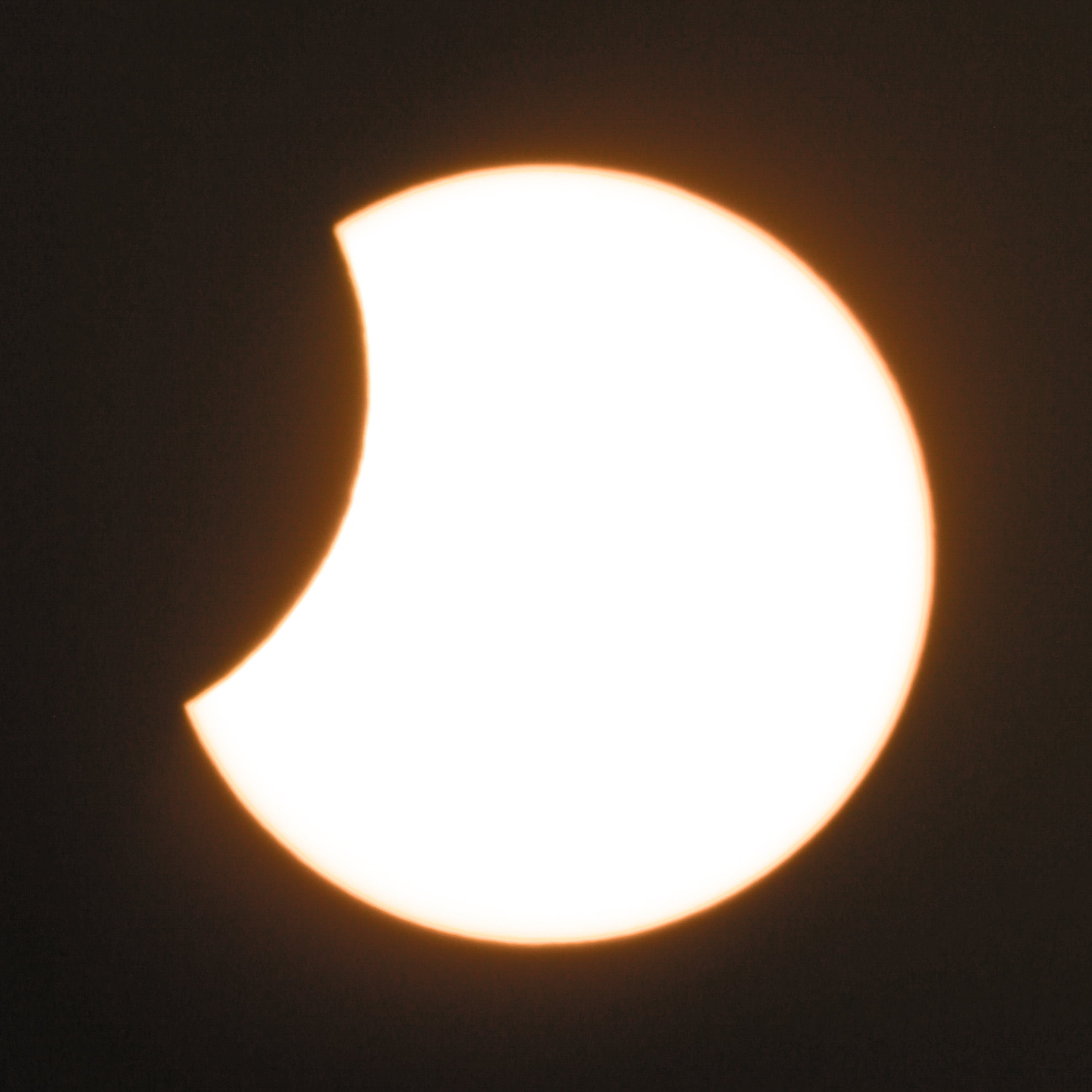
A partial solar eclipse as observed from Germany in June 2021. Captured here using a Canon EOS 6D mounted on a Newtonian N200/1000 with a solar filter and equatorial EQ5 mount.

A full moon in October 2021 captured using a Canon EOS 6D and a Sigma 600mm mirror lens.

Comet C2022/E3 (ZTF) was a long period comet with an orbital period of ~50.000 years which approached its closest point to Earth on February 1st 2023. Imaged here on January 28th 2021 with a Canon EOS 6D on a Skywatcher 72ED with a tracking EQ5 GoTo Mount. ~2 hours exposure time.

Leonard was a long period comet with a retrograde orbit which approached perihelion on January 3rd 2022 shortly before its core started disintegrating by February 2022. Imaged here on December 27th 2021 with a Canon EOS 6D and a Canon EF 70-200mm f4L IS from southern Spain. ~4 seconds exposure
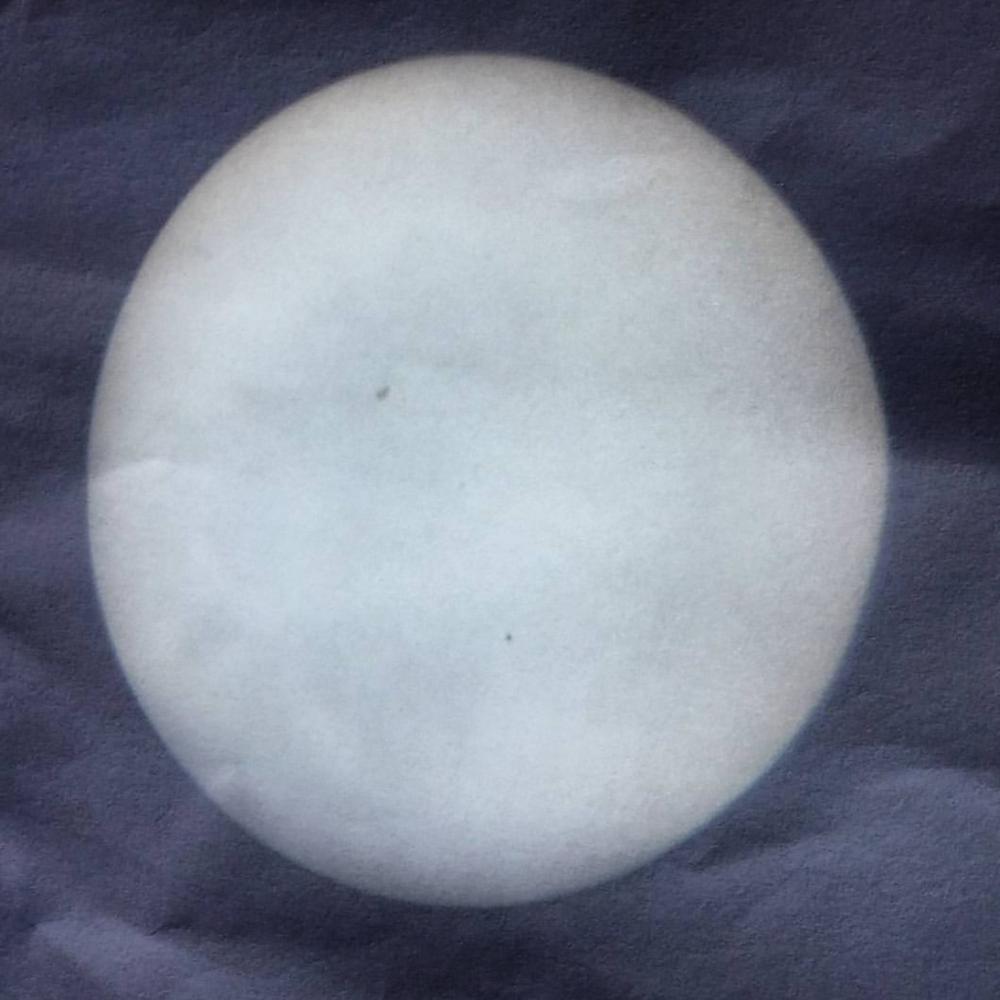
A projection on paper of the May 2016 Mercury Transit in front of the Sun. Captured using an LG G3 phone camera and a Meade Starnav 114/750 Newtonian projecting the disk of the Sun on a piece of paper.

The planet Mars during opposition in September 2020. Captured here using a Canon EOS 6D on a Maksutov 90/1000mm telescope by Skywatcher.
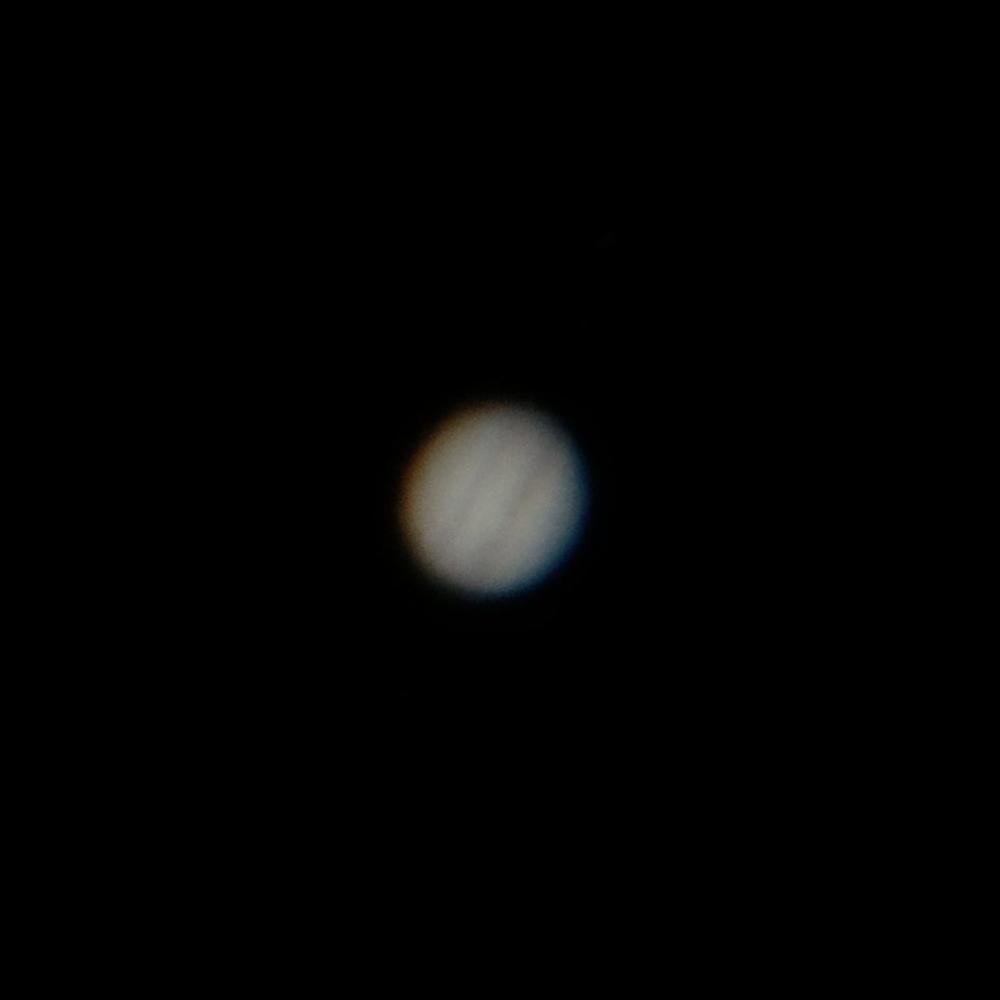
The planet Jupiter as imaged in July 2020 by my Hubble Pi DIY telescope camera project. Captured using a Sony IMX477 HQ camera sensor mounted together with a Raspberry Pi 4 control board on a Maksutov 90/1000mm telescope by Skywatcher.

The planet Saturn as imaged in July 2020 by my Hubble Pi DIY telescope camera project. Captured using a Sony IMX477 HQ camera sensor mounted together with a Raspberry Pi 4 control board on a Maksutov 90/1000mm telescope by Skywatcher.

A Conjunction between Saturn and Jupiter occured in December 2020, when both planets appeared close enough to appear like a single star to the naked eye. Here the conjunction was captured at its peak on December 21st 2020 using a Canon EOS 6D and a Sigma 600mm mirror lens.